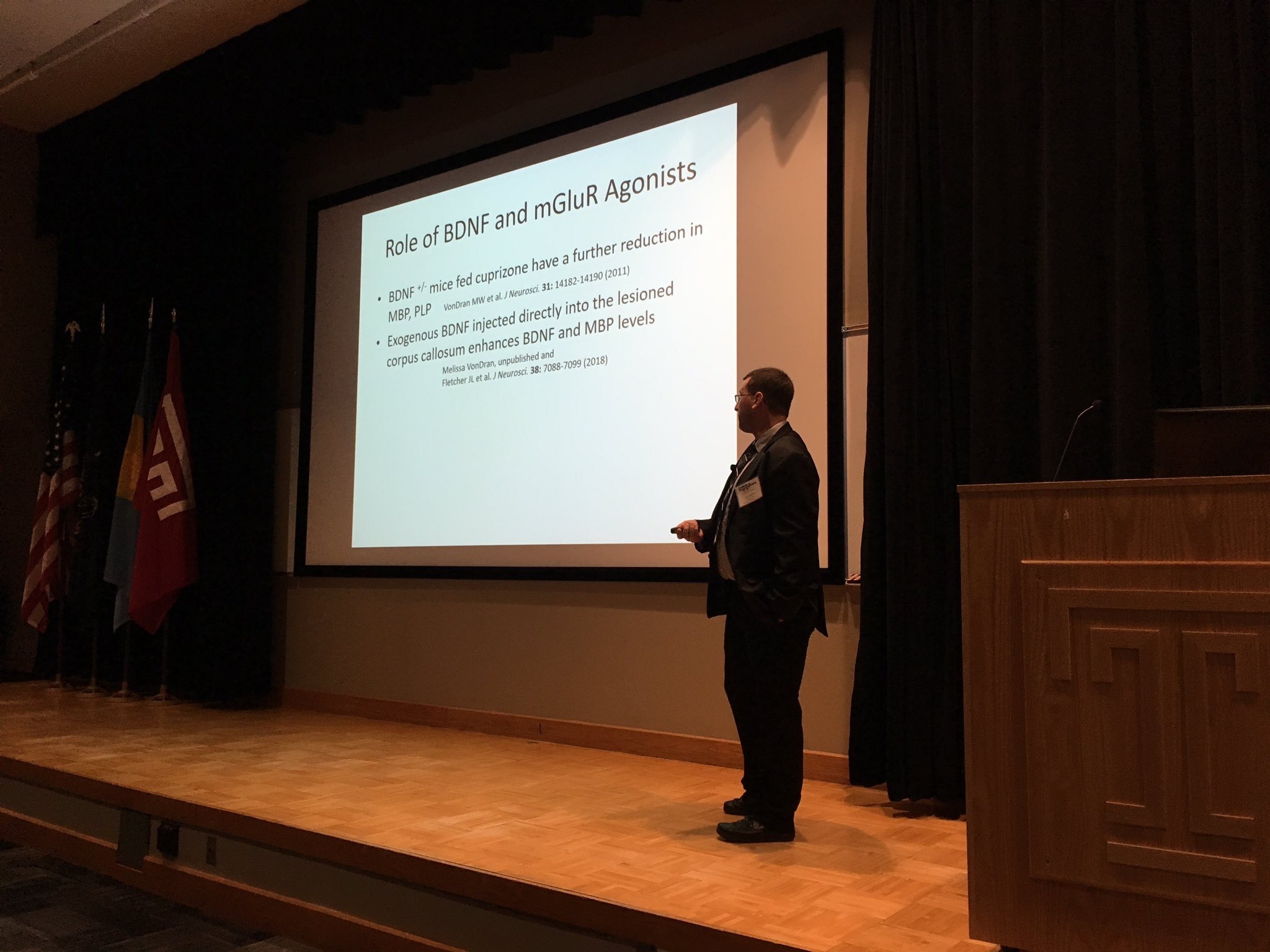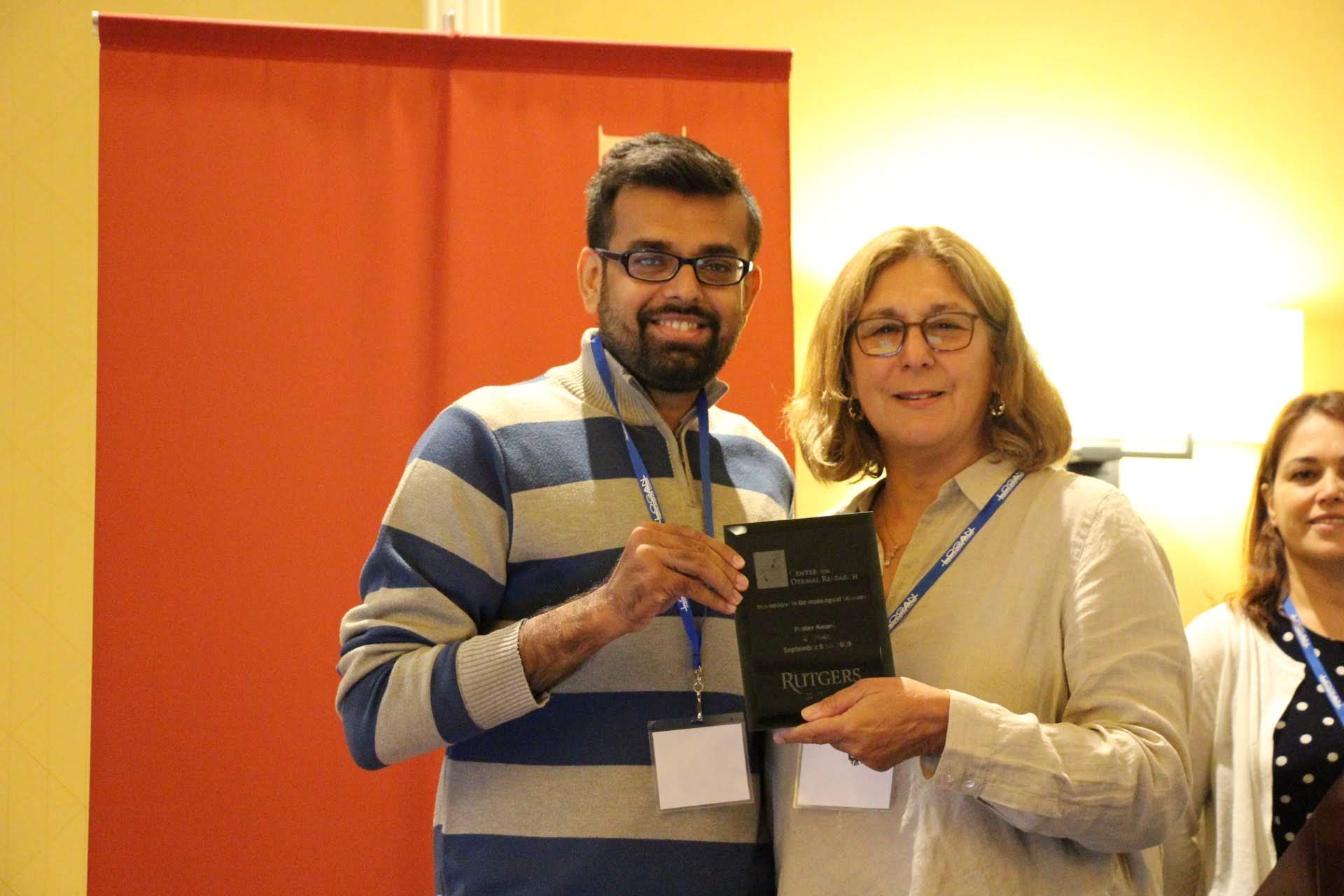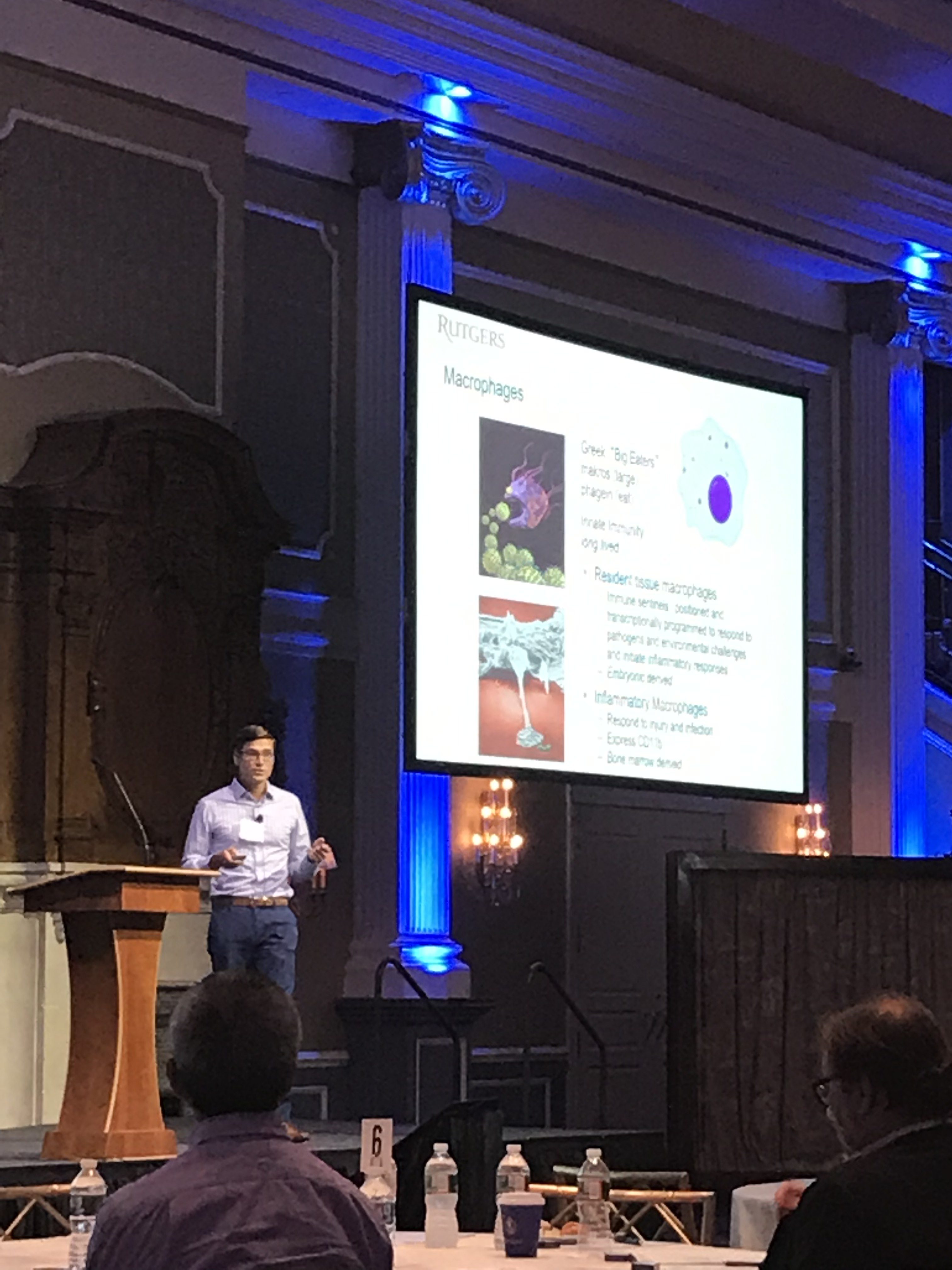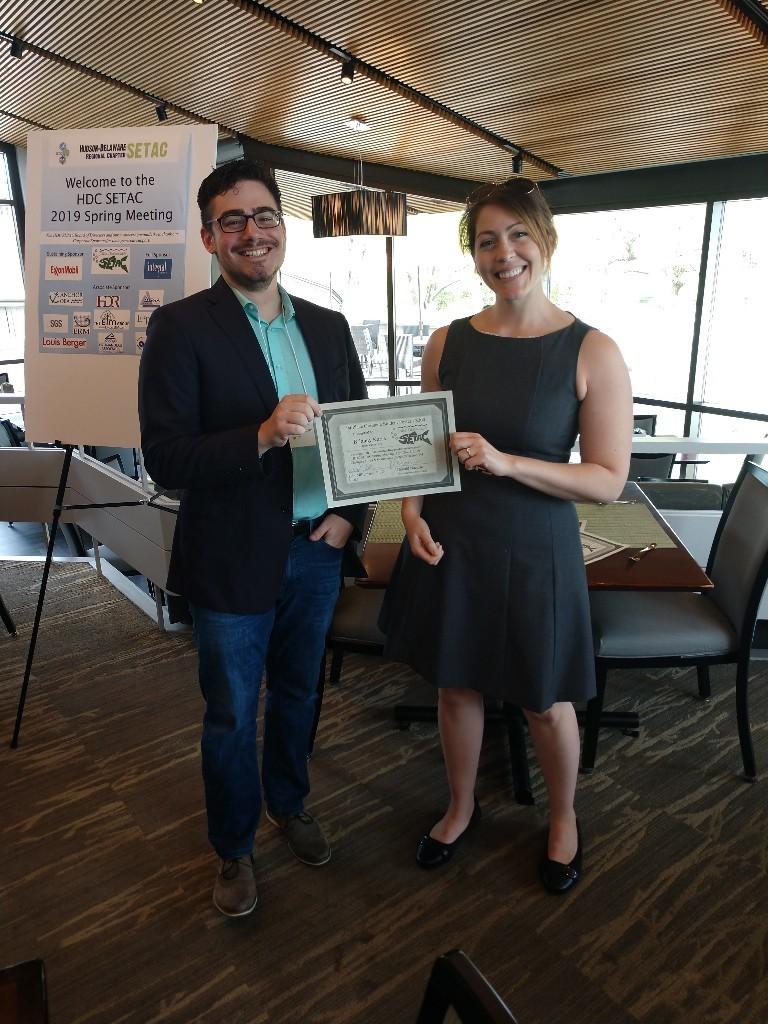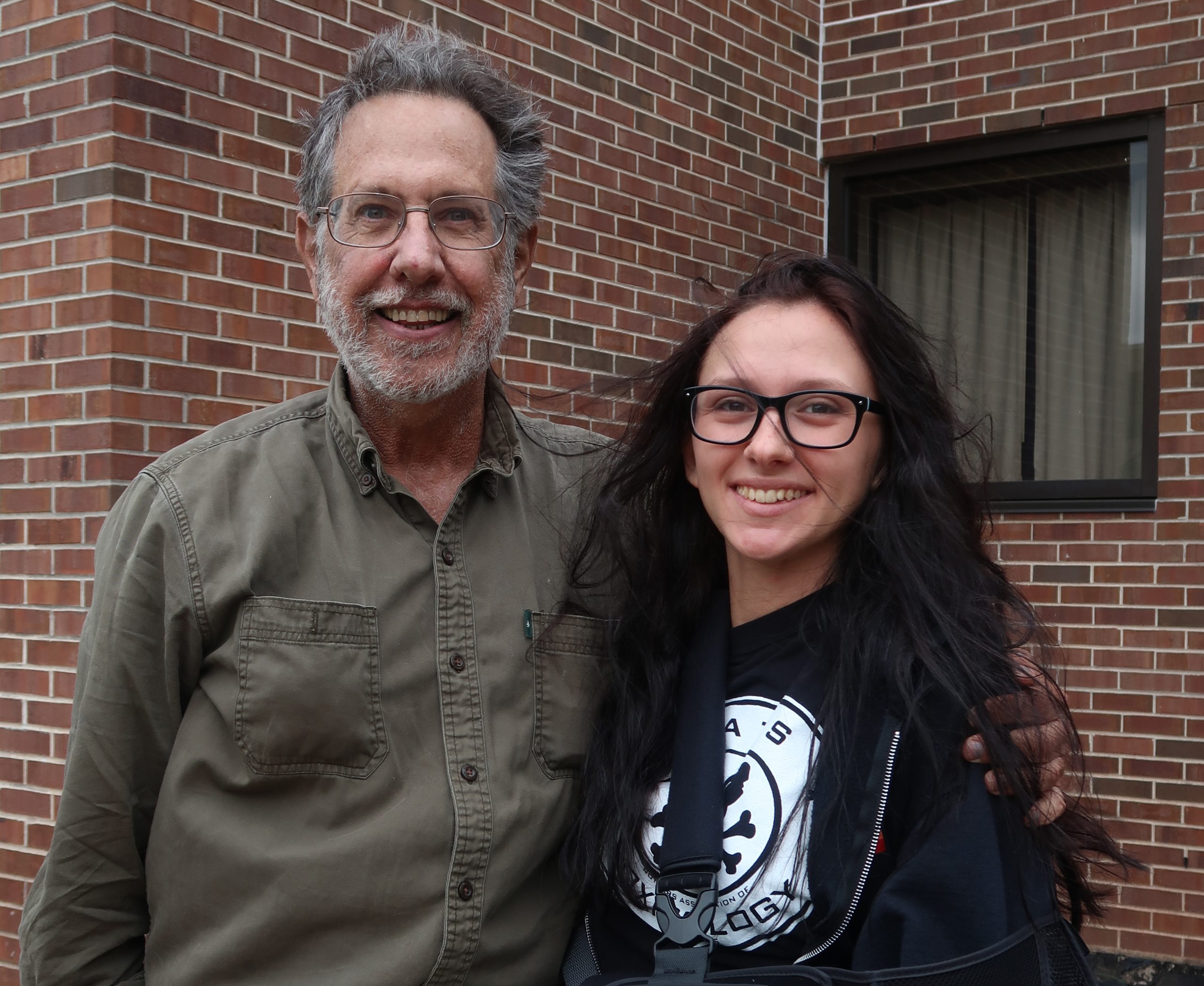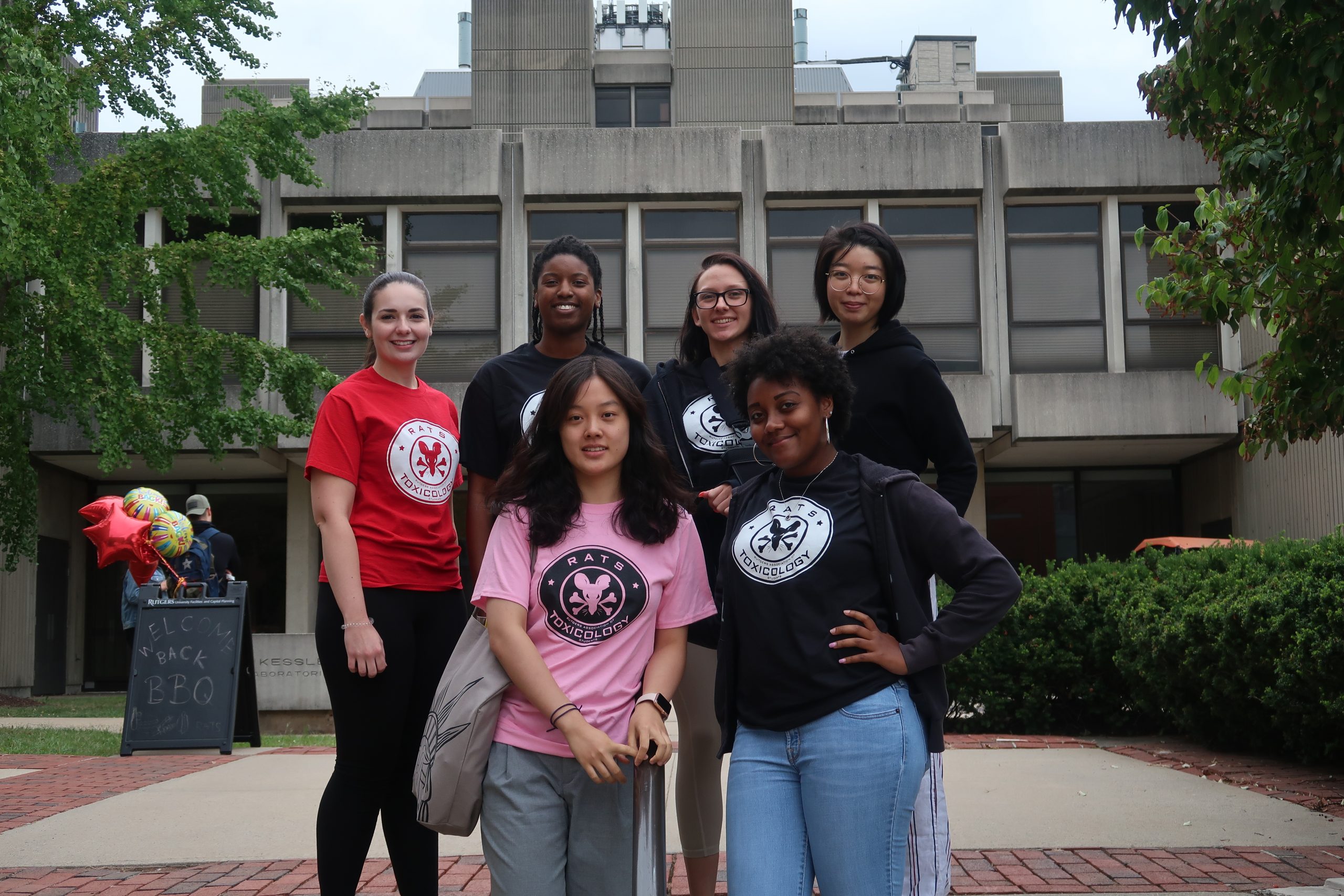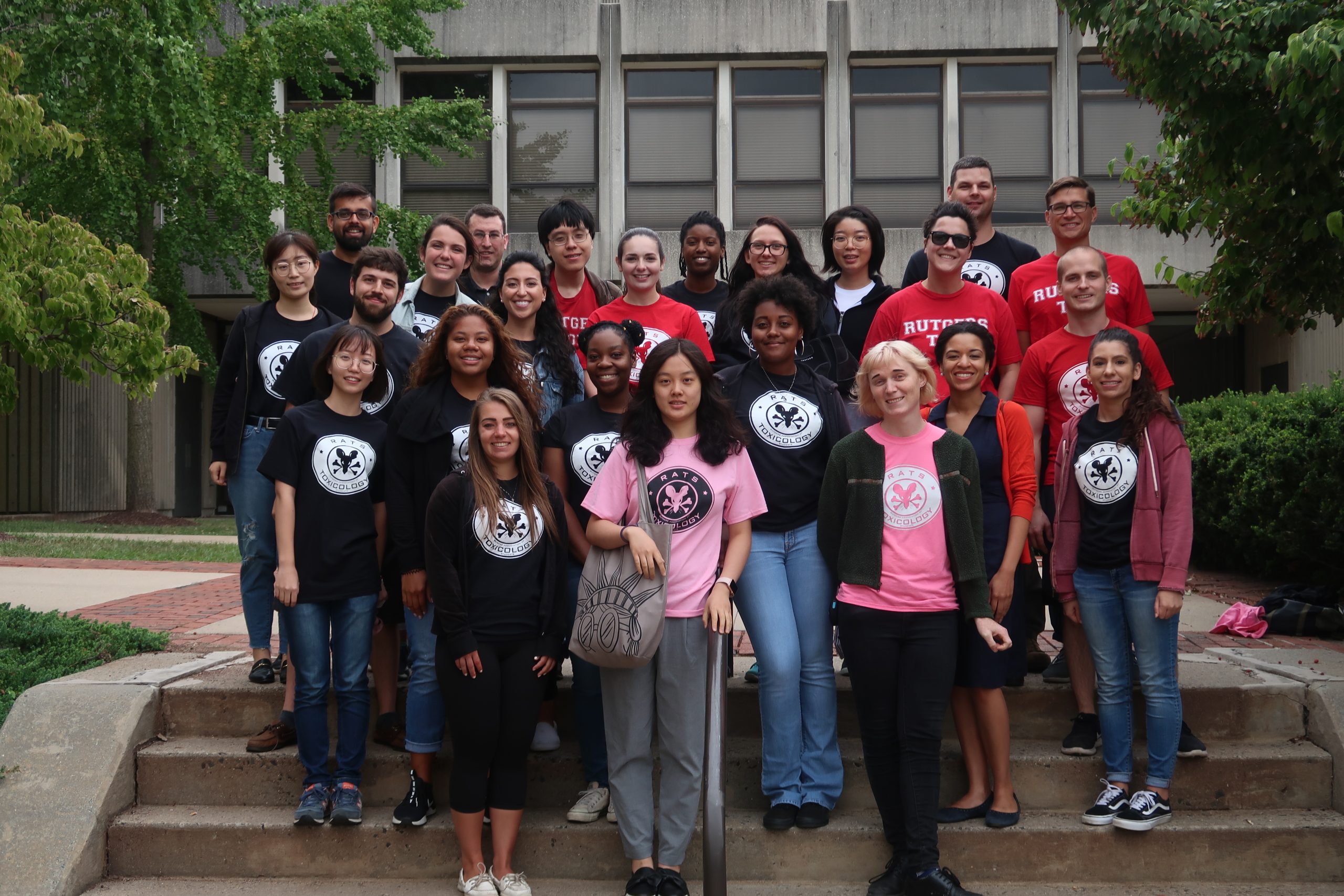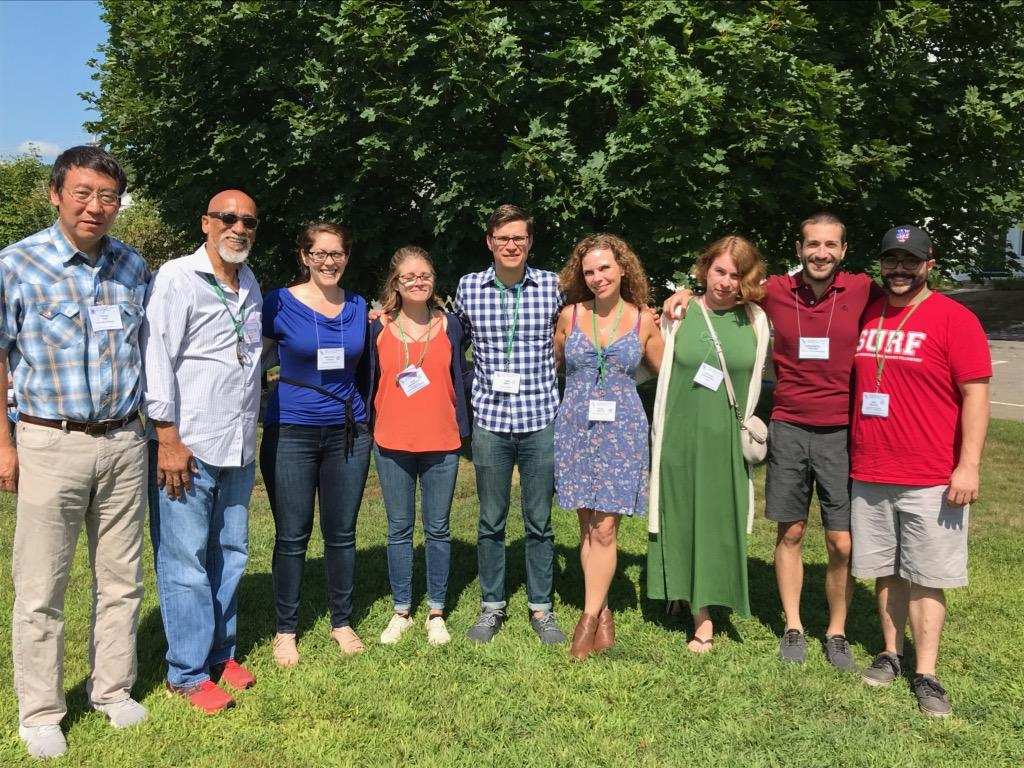
Melissa Wilkinson, a 3rd year JGPT student in the Gow laboratory, was selected for the prestigious Washington Fellows program by the American Society for Pharmacology and Experimental Therapeutics (ASPET). The mission of the ASPET Washington Fellows Program is to advance the training of early career scientists interested in science policy in order to become more […]

